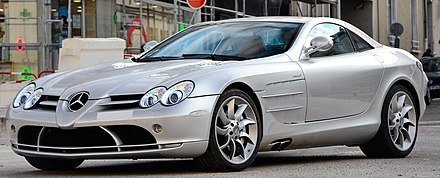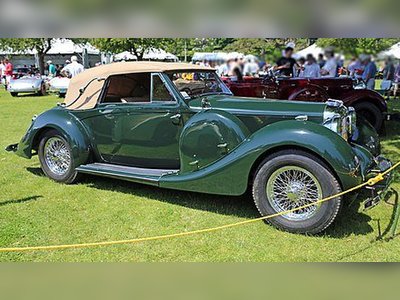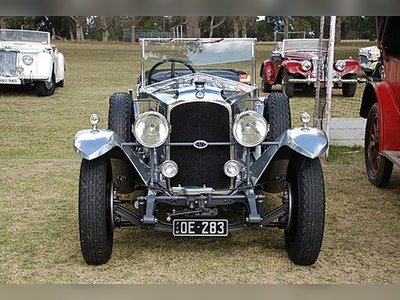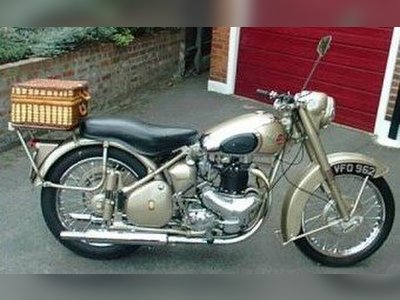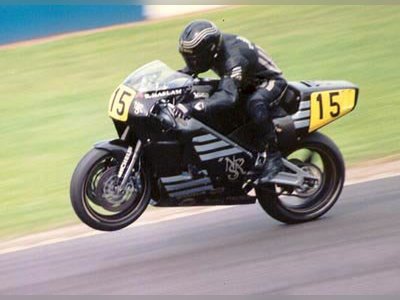McLaren Automotive
The Imprint of McLaren Automotive on British Heritage.
McLaren Automotive, the British manufacturer of high-performance vehicles, carries an enduring legacy that remains indelibly imprinted on Britain's rich industrial heritage. The company's deep-rooted traditions of innovation, craftsmanship, and engineering excellence have considerably shaped the nation's motor industry and significantly contributed to the country's global reputation for automotive supremacy.
McLaren's Inception and Founding Legacy
McLaren Automotive was established in 2010, evolving from McLaren Cars, a brand founded in 1985. However, the history of McLaren dates back to 1963 when New Zealand-born Bruce McLaren, a successful race car driver and ingenious engineer, founded Bruce McLaren Motor Racing. This move was fuelled by Bruce's ambition to design and build race cars that bore his name, and it marked the beginning of a legacy that would become a cornerstone of Britain's motor racing history.
Born in Auckland, New Zealand in 1937, Bruce McLaren was a motorsport prodigy. At the tender age of 15, he triumphed in his first hillclimb race, and by 1958, he was making his mark in Europe, notably winning the US Grand Prix at the age of 22 - the youngest to do so at that time.
His racing team, Bruce McLaren Motor Racing, gained renown for its innovative designs and consistent performance. The team's first race car, the M1A, was launched in 1964, followed by the successful M1B. However, McLaren's influence was not confined to the race track. His commitment to pushing the boundaries of what was achievable led to groundbreaking innovations, such as the McLaren F1, a road car which set the record for the fastest production car in the world at its release in 1992.
Bruce McLaren's untimely death in 1970 did not hinder the progression of the McLaren brand. The team, carrying on his innovative spirit, merged with Ron Dennis’ Project 4 Racing team in 1980. This partnership led to McLaren pioneering the use of carbon fibre composite in racing car construction, a groundbreaking move that revolutionised the industry by providing unprecedented rigidity and driver safety.
Merging, Spinoff, and Expansion
In 2010, McLaren Automotive emerged as an independent entity from the wider McLaren Group. The split allowed for greater focus and investment in automotive production, which quickly bore fruit with the launch of the 12C in 2011 and the Spider model in 2012. This independent status lasted until 2017 when McLaren Automotive became a fully owned subsidiary of the McLaren Group.
Throughout the years, McLaren Automotive has consistently embodied the innovative spirit of its founder. Its cars are an amalgamation of cutting-edge technology and unparalleled luxury. In 1992, the McLaren F1 was launched after a developmental partnership between Team Principal Ron Dennis and designer Gordon Murray. A limited run of 106 units were produced, all of which are now prized collector's items.
The success of the McLaren F1 paved the way for a string of successful models such as the limited-run P1, the 650S, and the McLaren 570S and 540C, part of the new Sports Series range unveiled in 2015.
McLaren's Modern Footprint and Facilities
McLaren's global footprint, centered at the McLaren Technology Centre in Woking, England, is a testament to its commitment to innovation and quality. The Technology Centre houses both McLaren Automotive and McLaren Racing and is connected to the McLaren Production Centre via a subterranean walkway. In 2017, McLaren announced the construction of a £50m McLaren Composites Technology Centre (MCTC) between Sheffield and Rotherham, aiming to manufacture carbon fibre chassis for future McLaren road cars. The facility was officially opened in 2018, marking another milestone in McLaren's pursuit of automotive excellence.
Contribution to British Automobile Heritage
McLaren's reputation for pioneering innovation, relentless pursuit of performance, and commitment to craftsmanship has cemented its position as a beacon of British automotive industry. The company's ground-breaking models, from the F1 to the P1 and beyond, have pushed the boundaries of car design and performance.
The legacy of McLaren's original vision, the marriage of science and art in high-performance automobiles, continues to influence British heritage. McLaren's contributions have earned the UK a spot at the forefront of the global supercar industry, enhancing the nation's prestige in the realm of automobile manufacturing.
The company's bold business strategy, manifest in its three-tier product structure introduced in 2015, has ensured its models meet the diverse needs of the global supercar market, further enhancing McLaren's position and reputation in the automotive industry.
Beyond the Cars: McLaren GT and McLaren Special Operations
The reach of McLaren extends beyond road cars. McLaren GT, established in 2011, manages McLaren's GT racing activities and develops its GT race cars. This division has made an impact in the GT racing scene, with several wins in international championships.
McLaren Special Operations (MSO), the bespoke division of McLaren, offers personalised services to McLaren owners, exemplifying the brand's commitment to customer satisfaction. MSO's work extends the McLaren experience beyond just ownership, ensuring that each McLaren vehicle is not only a marvel of engineering but also a deeply personal possession.
A Testament to Perseverance and Vision
McLaren Automotive's indelible imprint on British heritage is a testament to Bruce McLaren's enduring vision and his team's commitment to excellence. From the race track to the road, McLaren has persistently pushed the boundaries of what is possible, etching a distinct legacy on the annals of British automobile history. This commitment to pioneering innovation, blending design, and technology continues to set McLaren apart, promising an exciting future for this quintessentially British brand.
- McLaren Automotiveen.wikipedia.org

